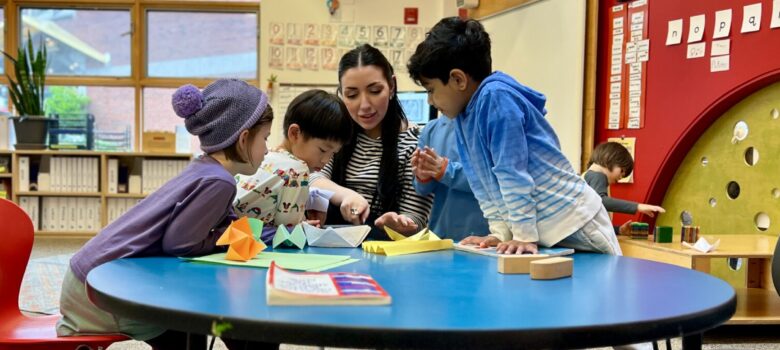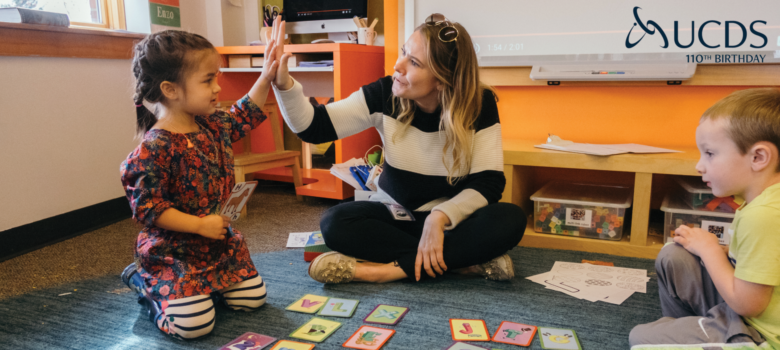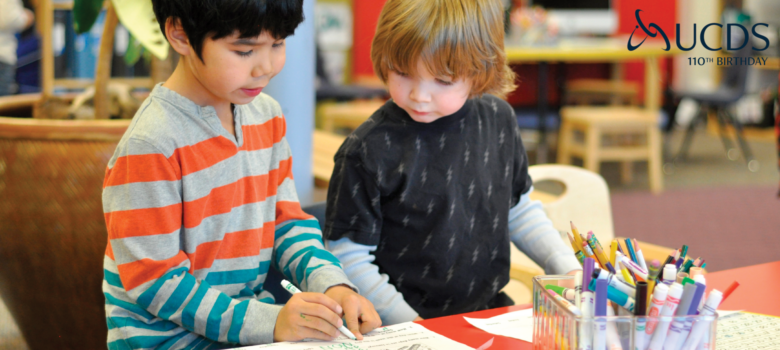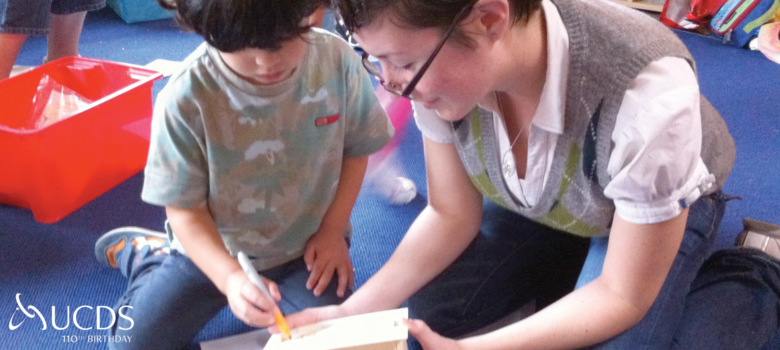3rd/4th Grade Teacher Kay Wyly continues her exploration of news and information literacy work within her classroom with todays’ post. Kat’s earlier posts: Fact or Opinion // Essential News Literacy
-Ed.
_________
With all of this surplus of information, news, and reporting invited all the more into our daily lives, this really leaves us thinking about what can we do for our elementary age students. There is a wealth of information for middle and high school students that teachers can use to instruct their teaching about news literacy. But how can we start to instill this awareness in students in elementary school? Although younger elementary school students may not yet be engaging in online communities quite yet, by third and fourth grade students are expressing more and more interest in using computers, phones, and iPads to connect digitally. We want to provide a background in media literacy that supports them as they begin to use technology to access information.
“Battling Fake News in the Classroom,” by Mary Beth Hertz provides some insight on how to start exposing younger students to media literacy. They suggest the significance of examining websites and pointing out different features of a webpage, just as one might do with a nonfiction reading. By identifying what content is the featured content of the page and separating that from any ads, students start to realize that not everything is reliable content. She also suggests comparing resources on the same topic. Through providing students with the opportunity to compare a few different points of view and sources of information, students start to become aware of how they engage with information. Introducing the CARS (credibility, accuracy, reasonableness, support) acronym provides them with a baseline for judging the quality of a source.
Finally, where should students be reading about current events? This is a discussion that we have been having at our level for a while. Part of being an engaged community member is developing an awareness of what is happening outside of our immediate community. It seems daunting to approach some of today’s news with kids, but there are methods of relaying this information in an age appropriate manner. Time for Kids has been around for a while and is well versed in clearly organizing information. With vocabulary definitions and suggested activities such as debates, this is a great introduction to accessing news through print on a weekly basis. The online news source Newsela takes articles from other publications, including Scientific American and the Associated Press, and presents them in leveled formats for readers. With a range of Lexile (a system used for finding just right books for readers) levels that start around 3rd grade, a variety of readers can utilize this sight. The original text is also available for comparison and the site offers open response prompts and quizzes to check for comprehension.
Besides print and online resources, it is important to not forget about conversations! Kids have a variety of comments and questions about what they hear is going on. Providing a space for them to voice their knowledge and engage in a safe conversation is a super effective method of growing their awareness of how they interact with the media. Bringing up what is happening in the world is also a way to start conversations in a supported space that encourages questioning. If we hope for kids to become active citizens, instilling an awareness of how to learn about and empathize with other communities is part of the growing responsibilities of this role.




